Research
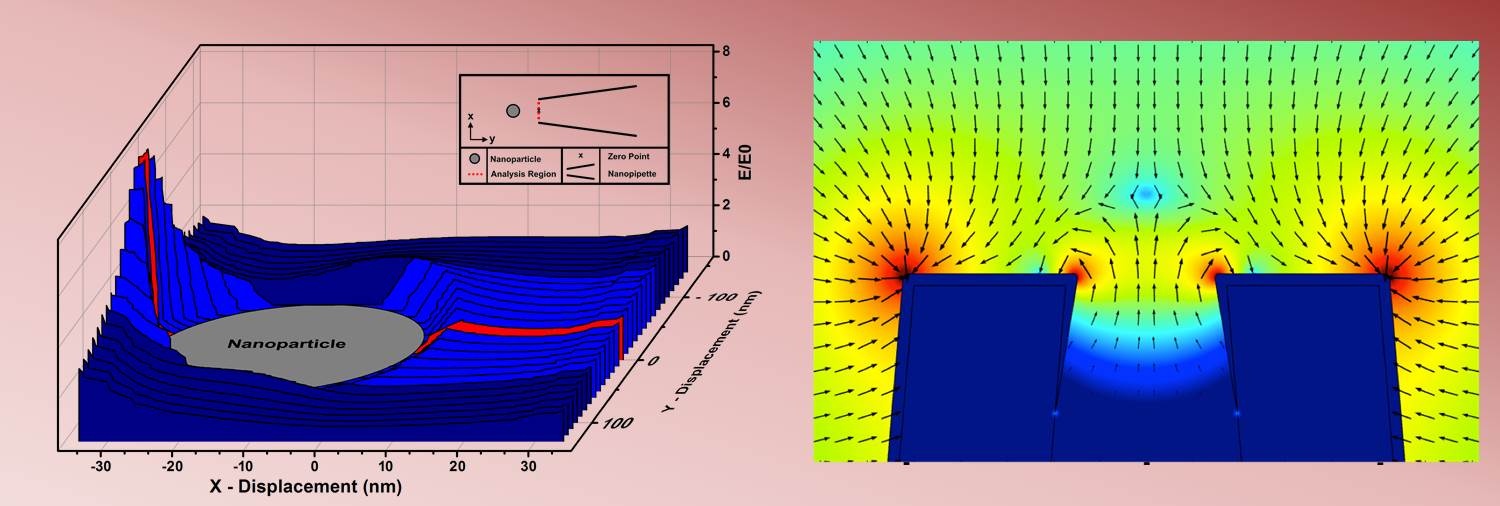


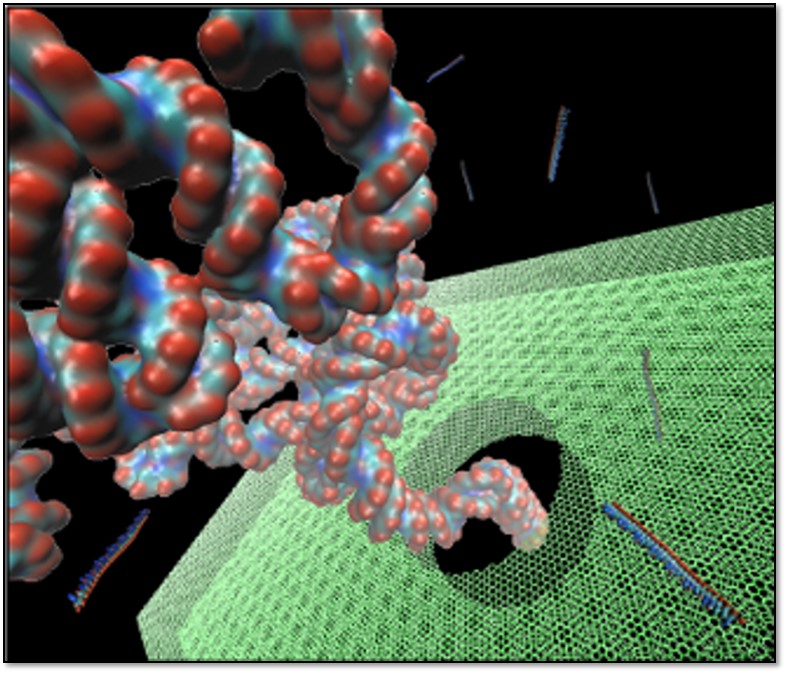
Next-Generation DNA Sequencing
The cost of DNA sequencing is the greatest obstacle towards achieving precision medicine in the healthcare industry. In 2007-2008, the cost of DNA sequencing dropped significantly with the advent of several breakthrough technologies; deviating from Moore's Law in the process! In the near future, nanopore technology is projected to cause a second major drop in the cost of a genome. However, it is this second technological breakthrough that will allow DNA sequencing to enter your local physician's office and transform the field of genetics. Our goal is to see this happen as quickly as possible through innovative technology development. Using novel fabrication techniques and biosynthetic approaches to manipulate molecular constructs, we aim to make DNA-sequencing faster, cheaper, and more robust (reduction of error rates).

Protein Sequencing
We are developing technologies and tools to linearize and read-out the amino acid sequence in proteins.

Nanopore Diagnostics
Protein conjugation provides a unique look into many biological phenomena and has been used for decades for molecular recognition purposes. Using nanopores, we aim to address some of the practical considerations of detecting and statistically analyzing sub-populations of molecules in crowded and highly heterogeneous populations of molecules. The end goal is to push nanopores into the realm of a useful healthcare-oriented diagnostic device.
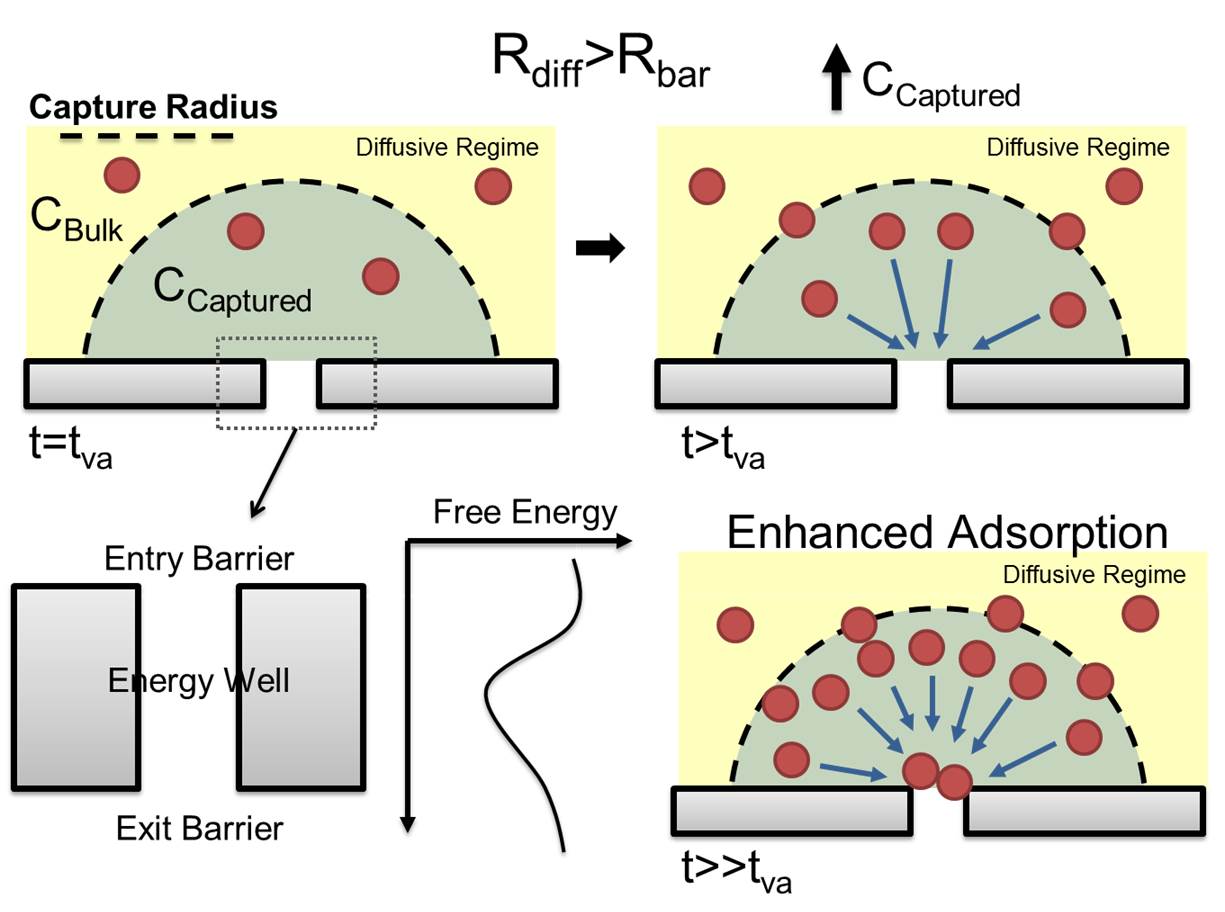
Nanopore Capture Physics
Diffusion-based capture describes the process of a molecule transitioning from a state with low voltage-mediated displacement (i.e., diffusion-dominated) to a position around the pore where the molecule undergoes biased motion. However a second rate limiting step also exists. The translocation process can also be described by the Van't Hoff-Arrhenius equation wherein the rate of translocation is determined by the energy barrier at the pore's entrance. The delivery of the analyte is necessary but not sufficient to result in translocation but rather the analyte waits until it has enough energy to climb the energetic barrier and enter the pore. Understanding the molecular transport properties of various nanofluidic pores is essential to building sensors which can not only detect, but also trap and manipulate molecules as well.
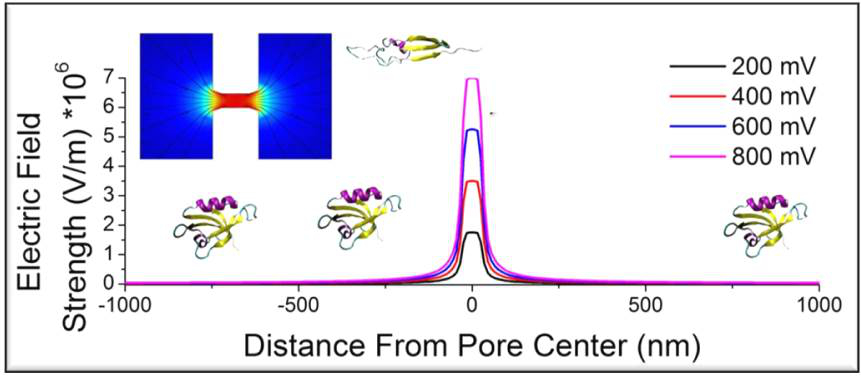
Electric Field Unfolding
Due to the vast number of degrees of freedom of the polypeptide chain, folding is currently understood to occur on a complex energy landscape which directs the protein to the singular native state (i.e. the energy minimum). Transport through a pore can not only affect a proteins conformation through steric interactions, but also through electrostatic forces on the positive and negative amino acids. Inside the pore, we observe a non-cooperative stretching of the protein which could only be explained by the electric field applying a force on the dipole of the protein. Understanding the behavior of heterogeneously charged molecules inside an electric field, with single molecule resolution, is a powerful tool for probing stability and other biophysical characteristics of a protein.
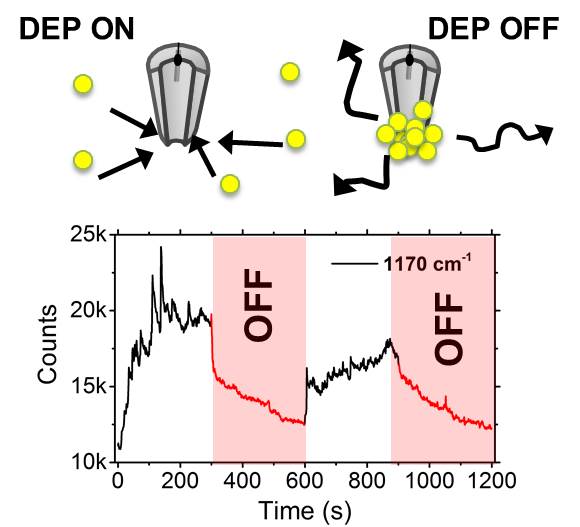
Plasmonic Nanopores
Nanopipettes offer several advantages to single molecule sensing aside from purely electrical -based detection (i.e. label-free). One in particular is the extremely sharp tip geometry which is formed during fabrication of the nanopipette. By coating these tips with plasmonic metals, like gold and silver, single molecule Raman and single molecule thermal/heating experiments are possible. The asymmetric tips are also perfect candidates for probing cells and the complex interaction between chemical and mechanical cues which dictate cell fate and phenotype.
A core focus of the lab is generating "enabling technology or methods" to bridge molecular biology, chemical physics, nanotechnology, and bioengineering. These tools and methods are routinely applied to systems in order to answer fundamental biological questions as well as create a meaningful impact on the health and well being of individuals.
Lab Philosophy
Experiments are designed and performed with the safety of themselves and others being the priority
Members of the lab must be respectful to neighboring labs, coworkers, students, and other members of the scientific community
Must maintain the highest level of scientific integrity and honesty